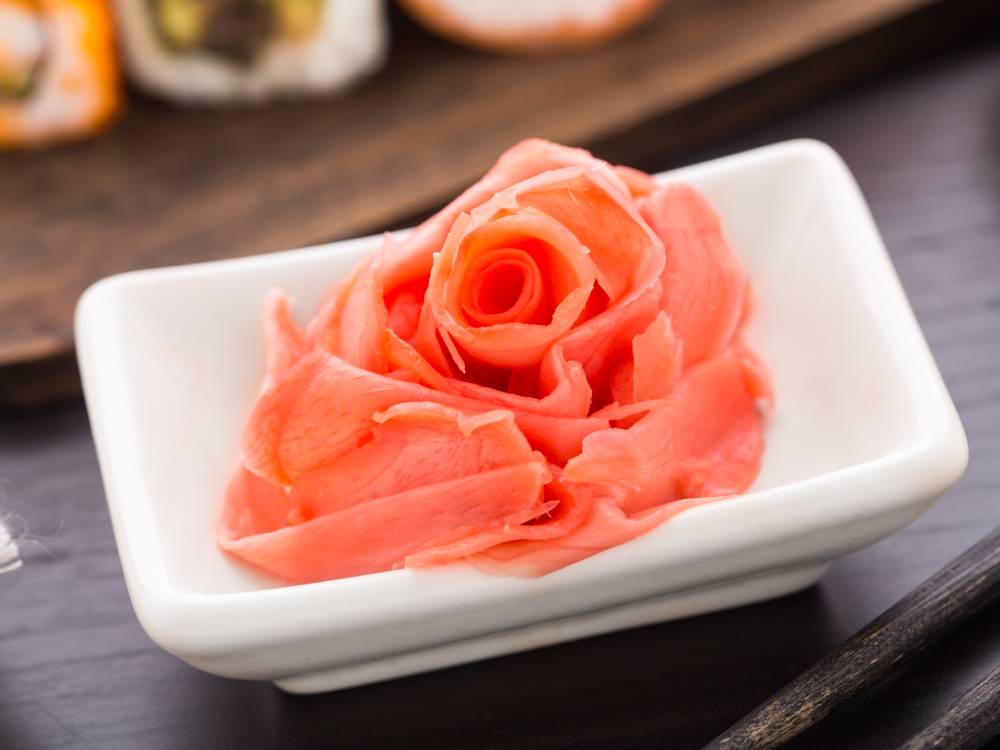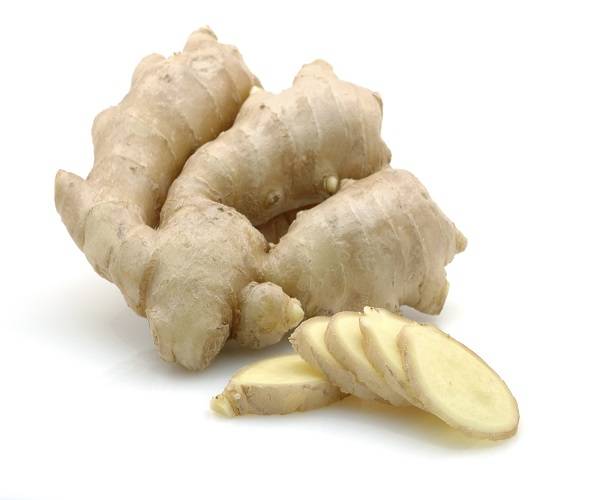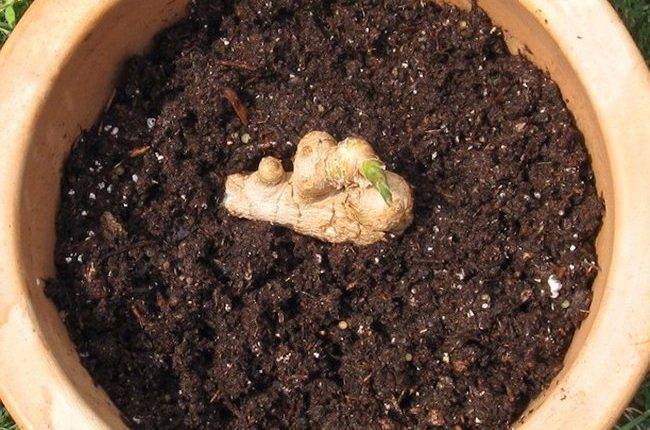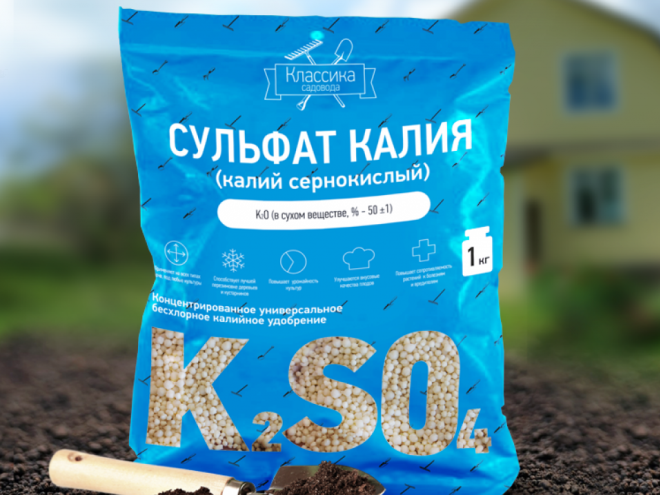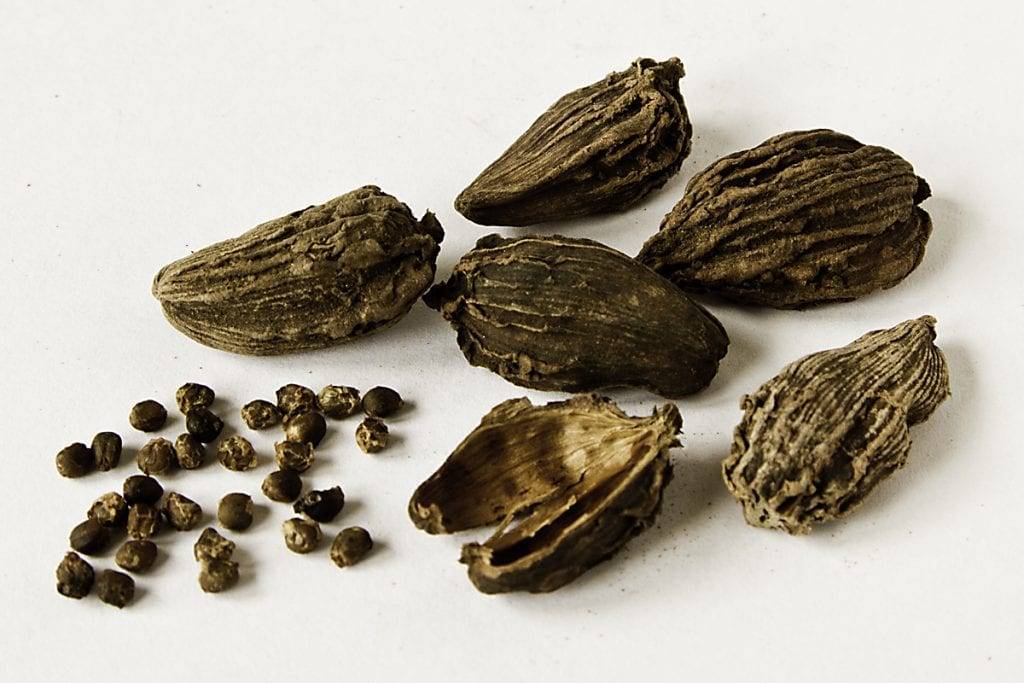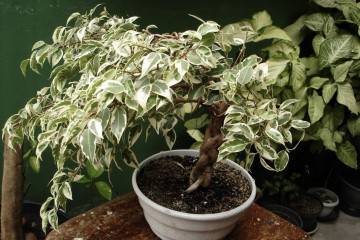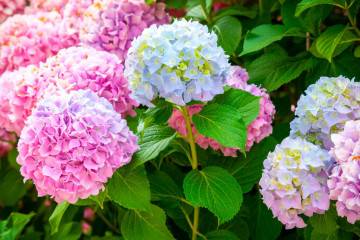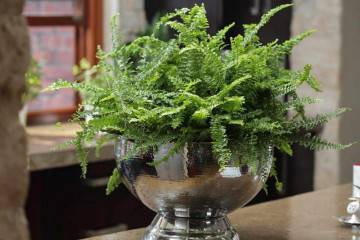How ginger grows at home and in nature
Content:
When filming a film, the actors in the frame sometimes have to drink alcohol, including beer. So that the stars do not go into the blast right on the set, they use a substitute - ginger beer. This highly carbonated drink contains a truly unique plant that anyone can grow.
What kind of plant does it look like
About 1600 plant species belong to the ginger family. The "correct" ginger, which can be seen on store shelves, belongs to the species "pharmaceutical ginger" and this name is no coincidence. The fact is that in addition to being used as a spice in cooking, this plant, or rather, its rhizome, is widely used in medicine.
But how does ginger grow and where exactly? It is a perennial herb native to southern Asia. It does not occur in the wild. They began to cultivate it in southern India even before our era. There is a description of ginger in a Chinese treatise of the 2nd century BC. From there, along the trade routes, it began its victorious march through the countries of the world.
In Europe it became known in the Middle Ages. It was given such great importance that the spice traders said that it grows in a distant country where terrible headless people walk. Today they would say that this is PR, but it had its effect and ginger was always released at a high price.
The plant reaches a height of one meter. Long and narrow leaves encircle the stem and grow practically from its base. Flowers of pink or red color are collected in a spikelet-shaped inflorescence. The ginger flower can be of a different color, it all depends on the variety.
The rhizome, protruding from the soil, has a memorable form of finger-like processes located in the same plane. Contrary to popular and mistaken belief, this is just an underground escape. The real root system develops from it and goes deep into the earth.
Ginger has anti-inflammatory and anti-cold effects. In addition, this plant is useful for losing weight, improves digestion, tones, and stimulates cerebral circulation. Previously, men used it as an aphrodisiac and to increase potency.
There are two types of ginger rhizomes:
- White - this is what you most often see on sale. After cleaning and rinsing, it becomes light in color.
- Black - represents not scalded with boiling water and unrefined shoot.
Preparing to plant ginger
A rare domestic gardener knows how to grow ginger at home. But cultivation technologies are gradually penetrating the masses.
Planting is carried out in late February - early March. It is almost impossible to find ginger seeds on sale. Therefore, it is most often grown from a commercially available rhizome, which can be purchased at any grocery store.
You need to choose a non-dried and not frozen shoot with a light and smooth skin. On ginger there should be at least 2-3 buds (in common parlance "eyes"), as much as possible. It is from them that the stems will grow in the future.
After that, you can start soaking and disinfecting. This is done in order to wash out of the material the substances with which the sellers process it to prevent wilting, and to protect the plant from possible diseases.
The rhizome is filled with warm water for 6 hours. The water should completely cover the shoot. For disinfection, you can add a few crystals of potassium permanganate.
Only after that, you can proceed to the next operation: the rhizome is cut into several parts so that each piece has at least one sprouted eye. The cut points are sprinkled with wood ash or activated carbon. The ginger is now ready to plant.
The choice of the pot is dictated by the goal of growing ginger. If for the sake of escape, then in this case it should be wide and low. If you want to start a plant for the sake of a beautiful appearance, then in this case you need to choose a tall and narrow pot so that the main growth force falls on the aerial part.
The first place in the pot where the ginger will grow is expanded clay approximately ⅕ of the height of the pot or 1-2 cm. This will be a drainage layer. After that, you can pour directly the soil mixture itself, for which any land for growing vegetables is suitable. You can do without this and prepare the potting mix yourself.
It is necessary to take in equal amounts of sand, turf and humus. In no case should the soil for growing a plant be cold, otherwise the ginger will fall into hibernation and all the preparatory work will be in vain. Therefore, a pot filled with earth is pre-heated. As a rule, for this, the container is placed for several hours near the radiators.
Plant shoots of ginger in such a way that the sprouted hairs remain above the soil and look up. Then watered with warm water and after two weeks the first shoots will appear. If the air in the room is dry, then you can cover the pot for this time with plastic.
Growing ginger at home from root tubers
There are several more ways to germinate a ginger tuber, as exotic as this flower itself:
- germination of roots in water;
- germination of a tuber in sphagnum.
Germinating roots in water
The rhizome is planted on a thin rod made of wood - a long toothpick, skewers for barbecue - and is positioned above a container of water so that the tuber slightly touches the surface of the water. It is necessary to add water periodically so that the liquid level is the same. When roots begin to sprout from the shoot, it is removed from the stem and planted in a pot as usual.
Sprouting a tuber in sphagnum
For this method, a container is taken, the bottom of which is covered with sphagnum moss. Then the rhizomes are laid out with their eyes upward and the second layer of moss is laid out on top. Then they pour in warm water to provide a very humid environment, put it near a heat source and wait for the roots to sprout.
After that, the root vegetable can be planted in a pot as described above.
How to care for a plant at home
Ginger loves when there is a lot of light, but without fanaticism: direct sunlight can leave burns on its leaves. The northeast window sill of the house is ideal. Like any tropical plant, ginger thrives in high temperatures.
Watering begins with planting the plant in a pot and continues in the same spirit: a lot of water in hot weather, less water on days with moderate temperatures. You can provide high humidity by spraying the leaves. By mid-October, you can reduce the amount of fluid. Dryness of the soil activates the growth of the rhizome itself.If the plant is grown in an apartment as a decorative plant, then the shoot remaining in the ground for the winter is watered so that the soil remains slightly moist.
Fertilizing begins in April and is applied every two weeks, ending closer to August. You can apply fertilizing of both mineral and organic origin. However, preference is given to organics, but do not forget about trace elements, including potassium.
Pruning is only needed if the plant is grown for the sake of the root tuber itself. This will allow the plant to direct all its forces towards the growth of the underground shoot. If the florist expects to contemplate how the ginger grows and dissolves its beautiful flowers, then the stem is not pruned.
When ginger blooms
Ginger begins to bloom in the second year. This phenomenon is rare, but not impossible, and even in Central Russia one can observe how ginger blooms. It is enough to follow the recommendations for plant care.
Ginger begins to bloom in spring. Depending on the variety, flowering can continue until autumn.
The rhizome is dug up in winter, when the stem wilted and the leaves turned yellow and fell off. A naturally grown ginger shoot can fade literally within a week, so it is better to store it in a plastic bag in the refrigerator. When frozen, ginger loses its beneficial properties and it remains to use it only as a spice.
Growing ginger in the open field in the country, features
Sprouted ginger is planted in a pot at the end of winter. If this is not done, then the ginger will not have time to ripen before the deadline, let alone bloom. This stage completely repeats the manipulations that were carried out earlier for ginger, which was intended for growing indoors, from where it should be planted in the country.
Before planting ginger in open ground, at the end of March, seedlings are planted in a greenhouse, and towards the end of May, when there is no need to fear the night cold, ginger is transplanted into the garden. For this, the southern part of the infield is chosen, possibly by creating a shade from the sun at noon. The soil should be loose, its composition should also include river sand, turf soil, and the sand should be taken half as much as the rest of the ingredients.
Periodically, you need to loosen the soil to a depth of 1 cm, apply organic fertilizers alternately with mineral fertilizers. Moreover, the latter should predominantly contain potassium.
The rhizome should be dug out at the end of August, when the leaves are already beginning to turn yellow.
The size of the rhizome will be smaller than in the store, but the gardener should be comforted by the thought that all this is grown on his own plot. The ginger shoot is dried for several days, after which it is placed in the refrigerator.
Some summer residents transplant ginger into a pot and take it home to allow it to ripen by the end of autumn. If the goal is to plant a burning plant next year, then it is transplanted into a pot in which it spends the winter at rest.
Propagation of ginger by seeds
If a florist is lucky enough to find ginger seeds on the Internet, his ordeals will not end there.
The seeds are planted in a pot of soil, gently pressing them into it. In order to create ideal conditions for their germination, it is better to cover the pot with a transparent film and put it in a warm place. Do not forget to air and water the planted seeds. Shoots will appear in a few days. When the sprouts acquire at least one leaf, the seedlings are transplanted into separate containers.
The first year for seed-grown ginger is the hardest.Only in 3-4 years will it be possible to get the first "harvest" - an underground shoot, which is divided into several parts and grown by the methods described above.
Growing problems, diseases and pests
Ginger is immune to most diseases and pests that affect other indoor plants.
The most frequent "guest" is the spider mite, which feeds on plant sap. Symptoms of the defeat of ginger by this noxious arthropod are small yellow spots on the leaves, which over time increase in size and turn into an openwork network. If you spray the plant with water, then the water droplets will show the cobweb that this mite weaves on the plant.
The parasite is caused by dry air and insufficient watering. Therefore, treatment is carried out in two ways: the use of insecticides and frequent watering of the soil. Some growers put the pot on a tray of water, additionally spraying the plant with water.
Dry air and lack of water in the soil are generally detrimental to ginger. It begins to fade, the leaves dry out. If such symptoms are observed, it is better to take action immediately before the plant is completely destroyed.
Yellowing of leaves is caused by a lack of moisture in the soil if the plant has been exposed to direct sunlight or the soil is so dense that it has stopped letting in air.
Ginger is an amazing herb that is both a hot spice and a medicine. This is the case when beauty coexists with use.
